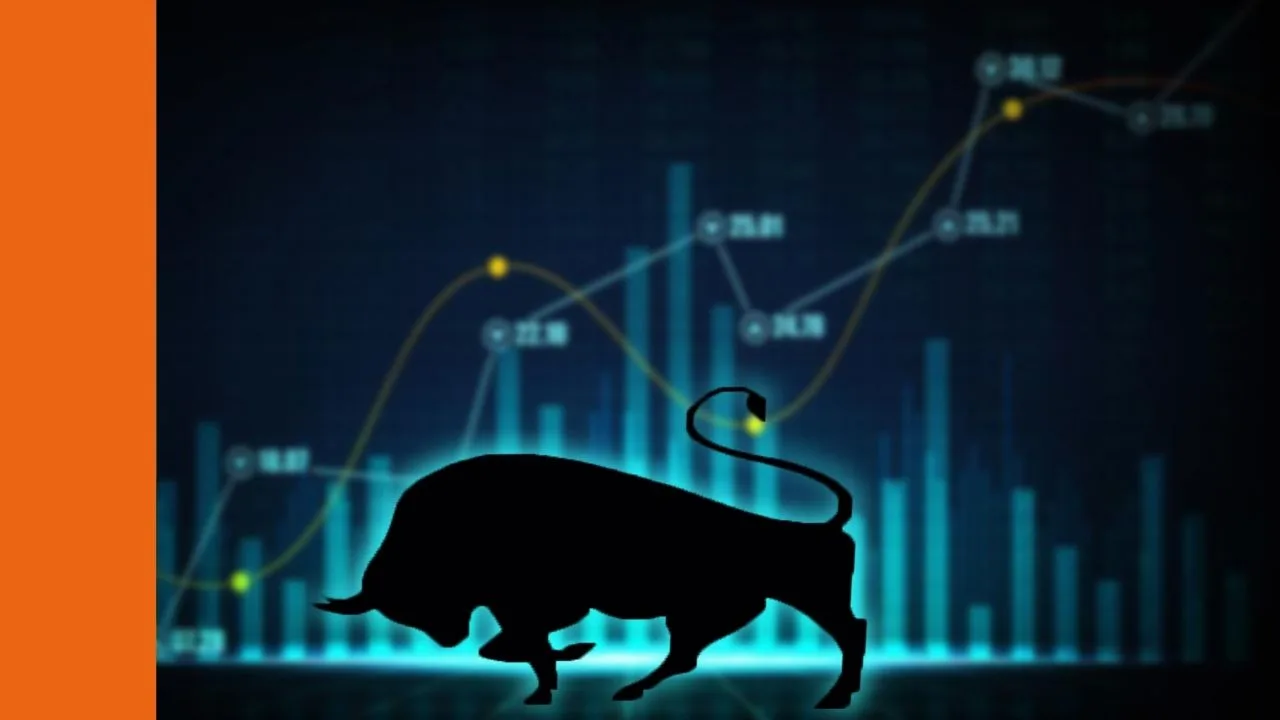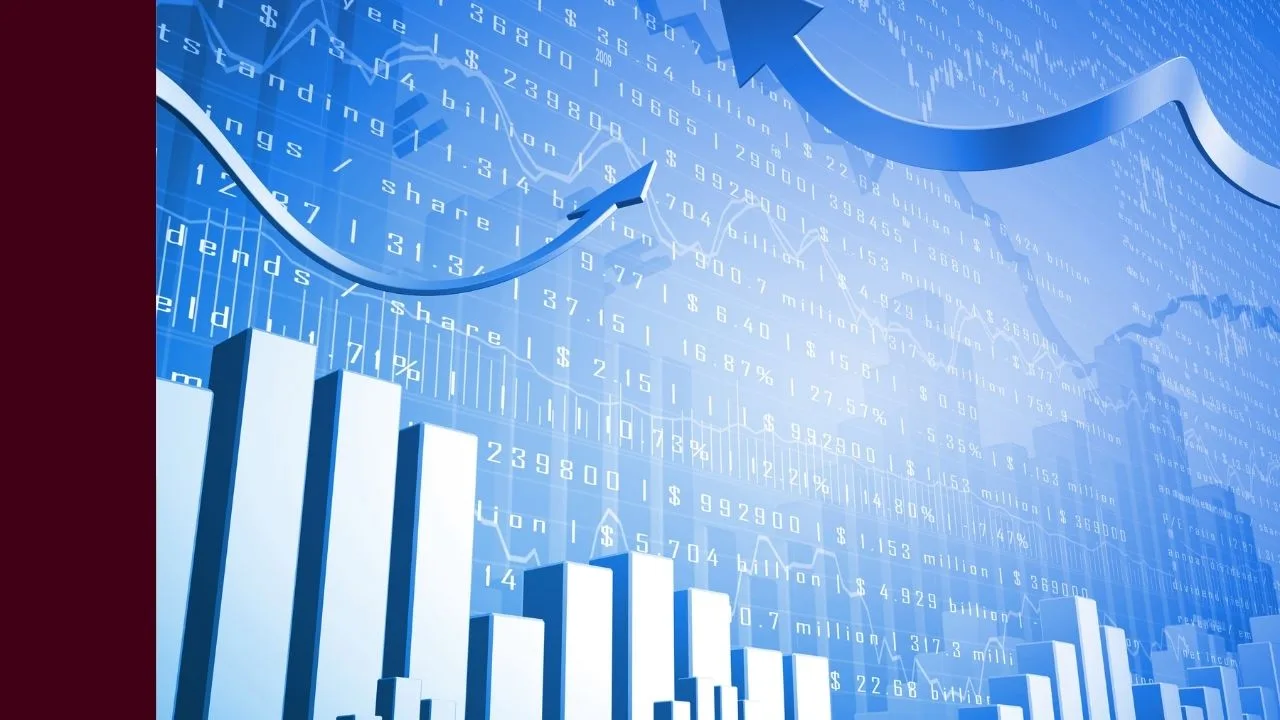The Challenger Ltd (ASX: CGF) share price has jumped after a positive update.
Challenger is the largest provider of annuities in Australia. It helps clients turn a lump sum of cash into guaranteed income.
Major investor buys Challenger shares
Challenger noted a news release issued by Dai-ichi Life that its Australian subsidiary, TAL Dai-ichi Life Australia has agreed to acquire a 15.1% stake of Challenger from MS&AD Insurance Group for a price of ¥763 per share (approximately A$8.46 per share).
TAL is one of Australia’s largest life insurance specialists. It has more than 5 million customers.
Interestingly, this purchase price represents a premium of 53% to Challenger’s closing share price on 4 April 2025.
The share sale is subject to regulatory approvals by FIRB and APRA.
Last year, Challenger and a subsidiary of MS&AD called Mitsui Sumitomo Primary Life Insurance (MS Primary) renewed their reinsurance partnership for a further five years and that arrangement continues to deliver “well above the minimum volume levels”.
The ASX share noted that Challenger and MS Primary have “successfully collaborated over the last decade and this partnership will not be impacted by the share sale.”
Ater completion of the sale of Challenger shares, Masahiko Kobayashi (the MS&AD representative) will step down from Challenger’s board.
Management commentary
Challenger’s Managing Director and CEO, Nick Hamilton said:
Dai-ichi Life is a global leader in life insurance and we look forward to building a relationship that will benefit both our customers and shareholders. We welcome their significant investment in our business and will explore future opportunities that support our strategic objectives.
The strategic reinsurance relationship in place with MS Primary since 2016 has created significant shared value and we are pleased this will continue.
This is an exciting time for Challenger as we deliver our growth strategy and provide financial confidence to even more Australians in retirement.
Final thoughts on the Challenger share price
It’s curious that the buyer was willing to pay such a large premium when it wasn’t buying a controlling stake. But, it seems to have excited investors and indicate the business is worth more than what it was trading at.







